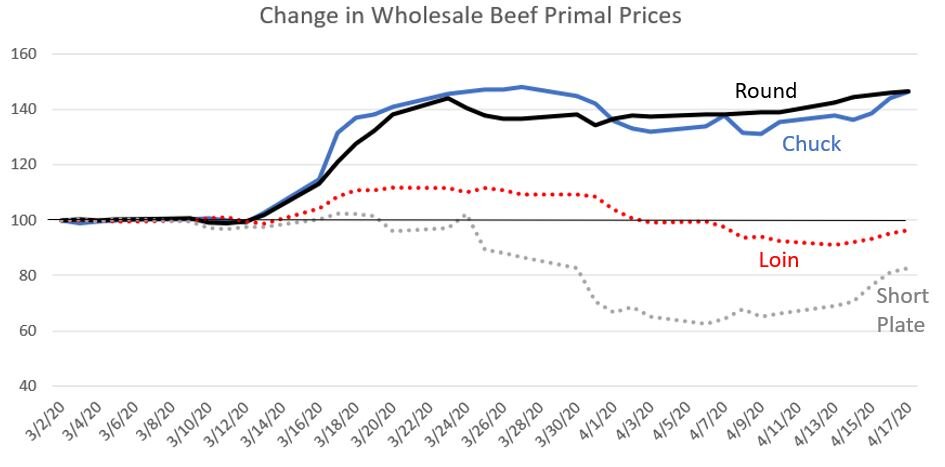That’s the title of an editorial Glynn Tonsor and I wrote for the City Journal.
Here’s an excerpt:
“In the future, owners of large food-processing and packing facilities may look to more regionally distributed facilities to mitigate supply risks that occur from a total plant shutdown. It may be prudent to sacrifice some economies of scale in order to provide insurance against plant shutdowns caused by human-spread illnesses. Such analyses will surely start soon, warranting a balance of security during pandemics with economic efficiency during normal times.
Besides economies of scale, the concentration of meat processing is a function of high regulatory and oversight costs, which may deter the emergence of a larger number of smaller processors. Requiring federal inspectors and testing regimes is prudent from a food-safety standpoint, but as we’re now seeing, such measures may create other risks when the barriers to entry are too high. In fact, adjustments in some of these regulations may well help the industry navigate current Covid-19 challenges.
Another solution is to reduce labor use through increased automation. The nuts-and-bolts assembly of automobiles or even computer chips doesn’t carry over well to animals that come in widely varying shapes, sizes, weights, and even colors. Advancements in robotics, machine learning, and artificial intelligence, however, are beginning to allow more automation in the processing of animal carcasses. We need to invest in research in digital agriculture and automation to help eliminate tedious—and sometimes dangerous—jobs, while reducing the likelihood of disrupted food supplies resulting from illnesses in processing plants. This approach, combined with the likely continuation of workforce health monitoring, may permanently alter labor relations in the meat-processing industry.”











